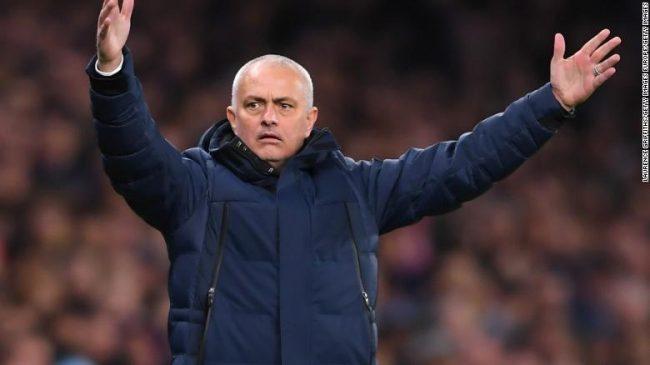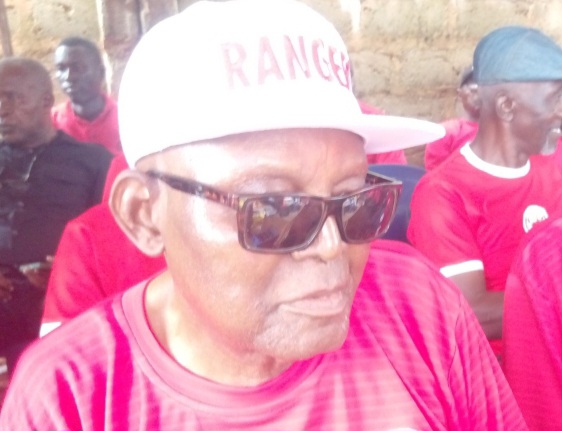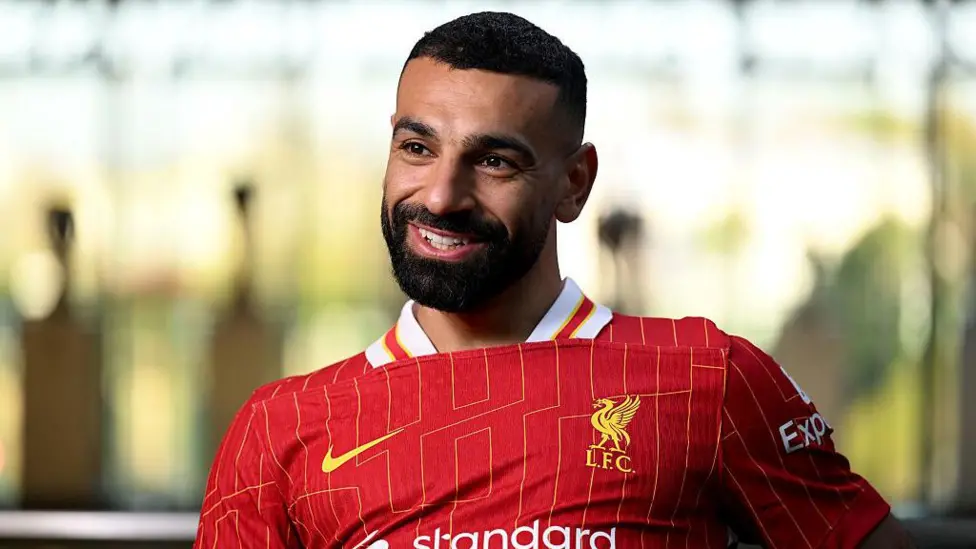
LONDON — The content itself does not, when you type the words, sound especially fascinating. A 15-second video of a man buffing his shoes. A photograph of that moment he checked his phone in the snow, or that time he sat on a bus, or the day he ate some popcorn.
In truth, the execution is not especially polished, either. Often, the angle is a little off. The framing is rarely perfect. Little thought has gone into the lighting. In more than a few shots, an eagle-eyed critic might point out that the subject is not actually in focus.
None of those minor flaws, though, have stopped what may be the most unlikely transformation of the year: José Mourinho’s blossoming into a bona fide Instagram sensation.
It is no surprise, of course, that in the 10 months since Mourinho, the Tottenham Hotspur manager, restarted his account — and particularly in the six since he seemed to remember that he had it — he has managed to pick up 1.5 million followers. He has, after all, been one of the most famous and most fascinating figures in soccer for almost two decades.
But that is not what makes his account stand out. On the surface, Mourinho should not be especially well suited to Instagram. At 57, he is not exactly a digital native. He has never shown a particular interest in social media; indeed, as Paul Pogba discovered when Mourinho coached him at Manchester United, he is more likely to have thought of it as a nuisance, if he thought of it at all.
Nor has Mourinho ever given the impression that he wants to offer fans a window into his life, professional or personal. He has admitted that his previous dalliance with Instagram, while he was at United, was entirely designed to placate his sponsors. He stayed on it, casually and reluctantly, for two years before deleting his account in May 2018. Friends said he had grown “bored” with it.
In his first year at Spurs, too, he grew to resent the ubiquity of the film crews making the Spurs edition of “All or Nothing,” the Amazon Prime documentary series. “Only when I go to the toilet are they not coming with me,” he once said. He was happy when the cameramen and producers left, he said, because it meant that “things can stay inside, between us, the way I like it.”
But for all that, it turns out that Mourinho is something of a natural at Instagram. His early contributions were limited: a half-dozen posts in the first four months since he reactivated his account, all but one of them for the benefit of one or another of his sponsors.
Since June, though, he has used it more and more frequently, and to better and better effect. Of his 65 posts through Monday, only 12 appeared to be fulfilling some sort of commercial demand. Eight others are likely to be images taken from professional photographers and repurposed for his account. There are five dedicated to causes close to his heart, particularly the United Nations World Food Program.
All the rest — 14 videos, 26 still images — are personal, if not taken by Mourinho then taken at his behest. He will, regularly, hand his phone to whichever member of the Spurs coaching team or club staff is closest at hand and ask that they take a picture for his feed.
Though he has conceded that his sponsors asked him to rejoin the site — “They felt that when I closed my account a few years ago we had a few million followers and they weren’t happy” — he has not farmed the work out to an agency. He is also not doing it at the behest of the club.
He has come to view it, he said, as a chance to “open our world to the world.” According to one consultant who has previously worked with Mourinho, it was a realization that dawned on him after the Amazon documentary aired: The quotidian reality of his existence was at least as interesting to people as his behavior on the touchline or his tactical decisions.
Mourinho is a devoted Formula 1 fan — one early video shows him gathered with his coaching staff, watching a Grand Prix race; they do not look nearly as engaged as he does — and would “love to know how a big team, the drivers, the boss, works,” he said. “People love when they see the inside. They love what they don’t see.”
And so Mourinho’s account offers regular glimpses not only into his world — a tracking shot of the inside of his office as he analyzes a training session, a glimpse inside the Spurs changing room, the place regarded by most in soccer as a sort of sanctum sanctorum — but into his mind, too.
There are captions praising players — “Top players are team players,” he wrote alongside a shot of striker Harry Kane — and ones criticizing his whole squad — “I hope everyone on this bus is as unhappy as me.” And, of course, Mourinho being Mourinho, there are occasional broadsides at anyone who has incurred his displeasure, including a withering assessment of the Covid-19 protocols during the last international break.
He uses Instagram to celebrate and to sulk, to badger and to chide, and he does it all with a stripped back, unfiltered, resolutely honest aesthetic. Whether that is a deliberate, artistic choice or a lack of technical skill — it is entirely possible that Mourinho simply does not know his Amaro from his X-Pro — it works.
“Generation Z tends to value creativity and humor,” Lucie Greene, the founder of Light Years, a consultancy that works with brands on digital strategies, said. “For millennials, it is generally an aspirational, lifestyle thing: Instagram as the new Condé Nast. But older influencers tend to be a lot more real, a lot less concerned with polish and presenting their personal brand.
“Mourinho comes across as quite stoic. His posts aren’t thirsty. That can be quite strategic, to act like you’re not selling it too much. It’s quite self-deprecating: You can see a corporate P.R. freaking out at some of the posts.”
Instagram has grown in popularity with an older generation in general and older men in particular, she said.
“To millennials,” Greene said, “Instagram is a consumption machine, but to older users it can be more based on community — a way to connect to an audience and exchange ideas.”
Mourinho, it is fair to say, is not in it for the community. He follows only 13 people, mostly the official accounts of his sponsors, as well as a couple of family members, his representative at Creative Artists and — a bit of an outlier, this one — the naturalist David Attenborough. None of the accounts are players, past or present.
Instead, his account is a fairly clear example of Instagram as a sort of visual diary, Greene said: an authentic, unadulterated vision into his world. Mourinho does not just post when he is happy; he posts after defeats, too.
His feed is not addled with the type of humblebrags best exemplified by a picture of a golden stretch of sand, a gleaming blue sky and the caption “today’s office.” (There is one vacation shot, of Mourinho staring at a disinterested dolphin.) The shots he chooses are not designed to embellish his life; they are there merely to reflect it.
Mourinho himself still feels that social media does not come easily. “I am not, in my nature, an Instagram man,” he told Tottenham’s official club channels this season. And yet, in a way, he is.
Mourinho has spent the last two decades carefully cultivating a public image of himself through meticulously staged media appearances and strategically chosen, often incendiary, public interventions. Instagram is simply a logical next step, one in which he can tweak that image — make it more rounded, more relatable — as he sees fit.
And despite himself, he seems to enjoy it. “You can see that he’s definitely got into it,” Greene said.
As she scrolled through his feed, she was surprised to see that friends, colleagues and relatives had liked a succession of posts that, to someone who does not like soccer, made little to no sense. Man eats popcorn and man sulks on bus have little artistic merit; they are not, in any traditional sense, aspirational. But they are undeniably, indisputably Mourinho: Champions League winner, Premier League winner, Instagram influencer.


